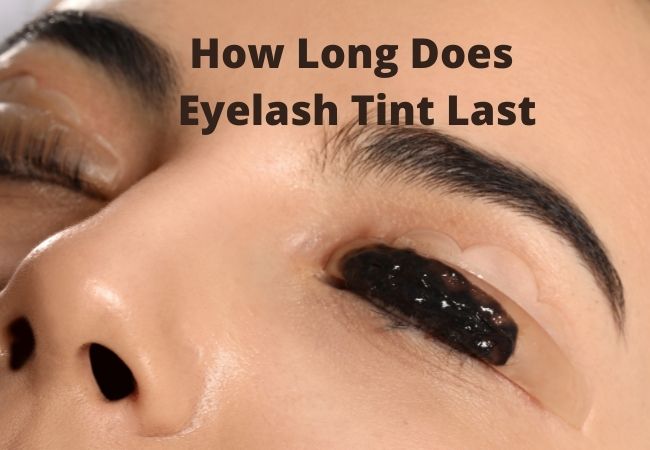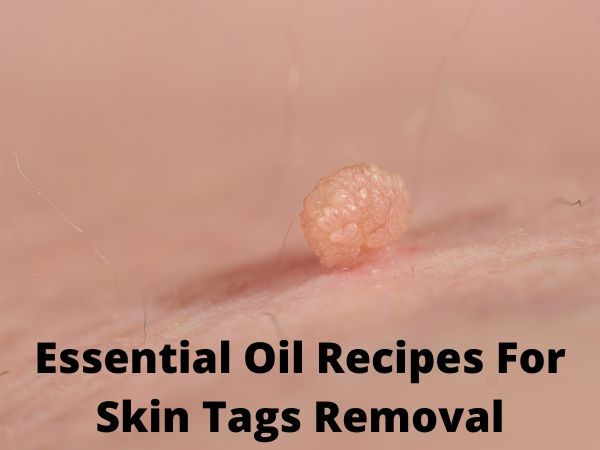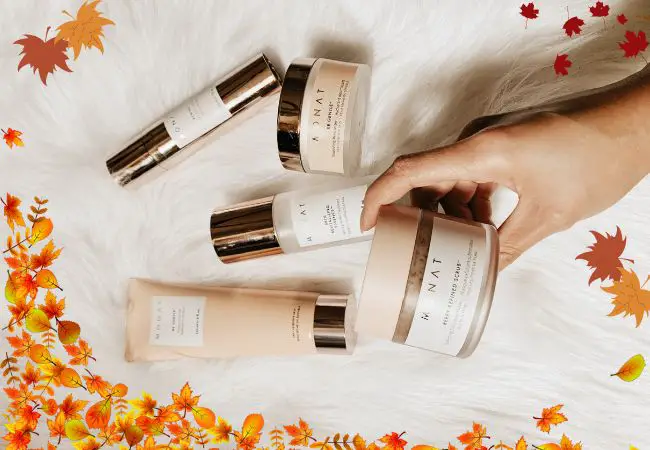An anti-aging spirulina mask works not just on the skin’s surface, but also at the cellular level. It helps protect, repair, and rejuvenate your complexion without synthetic chemicals or invasive procedures.
How To Make Spirulina Anti-Aging Mask
Spirulina is one of nature’s remarkable gifts. This deep blue-green algae, technically a type of cyanobacteria, thrives in both fresh and saltwater.
Historically, it was harvested and consumed by the Aztecs in Central America and certain tribes in Africa’s Lake Chad region, prized for its concentrated nutrition and energizing effects.
Today, spirulina is often labeled a superfood because of its dense nutritional profile.
It contains over 60% protein, a vast range of vitamins and minerals, and unique compounds like phycocyanin (a potent antioxidant pigment).
While its health benefits as a supplement are well known, spirulina’s skincare potential is gaining increasing attention, especially in the realm of natural anti-aging treatments.
Why Spirulina Works for Anti-Aging
High Antioxidant Concentration
Aging skin is heavily influenced by oxidative stress, the damage caused by free radicals from pollution, sun exposure, poor diet, and stress.
These unstable molecules degrade collagen and elastin, which are the proteins that keep skin firm and youthful.
Phycocyanin, spirulina’s signature blue pigment, has strong antioxidant properties that neutralize these free radicals.
Spirulina also contains beta-carotene, vitamin E, and superoxide dismutase (SOD), which have all been proven to slow visible signs of aging.
The effect of spirulina on the skin is seen as reduced formation of fine lines, prevention of premature wrinkles, and a brighter, more even tone.
Collagen-Boosting Amino Acids
Spirulina contains all essential amino acids, the building blocks of proteins, including collagen. Collagen naturally declines by about 1% per year after age 25, leading to sagging skin, hollowness, and fine lines.
Spirulina’s amino acids help the skin synthesize new collagen fibers, improving elasticity.
It also contains glycine and proline, two key amino acids that are essential for firm, smooth skin structure.
The effect on the skin is seen as tighter skin, reduced appearance of sagging, and restored plumpness.
Anti-Inflammatory Action
Chronic low-grade inflammation contributes to dullness, puffiness, and uneven skin texture.
Spirulina’s chlorophyll and phycocyanin act as natural anti-inflammatory agents:
- Reduces swelling and redness.
- Calms irritation, making it beneficial for sensitive or stressed skin.
The effects on the skin are seen as a fresher, calmer complexion that looks rested and vibrant.
Detoxification and Cellular Repair
Spirulina’s high chlorophyll content helps draw out impurities from pores, while its minerals (like zinc and magnesium) support skin cell regeneration.
This cleansing effect is especially valuable for city dwellers exposed to high pollution.
- Removes micro-pollutants and heavy metals that can accelerate aging.
- Speeds up healing of damaged skin cells.
The effects on the skin are seen as a brighter tone, fewer breakouts, and improved texture.
Choosing the Right Spirulina for Your Mask
Not all spirulina is created equal—quality matters both for safety and effectiveness.
Look for:
- Organic, food-grade spirulina powder (free from contaminants like heavy metals).
- Deep blue-green color (indicates freshness and nutrient preservation).
- Sourced from reputable farms with lab testing for purity.
Avoid spirulina with a fishy or rancid odor because it may be old or contaminated.
Ingredients for a Spirulina Anti-Aging Mask
Here’s the base formula plus optional boosters you can mix in depending on your skin’s needs.
Core:
- 1 teaspoon spirulina powder
- Hydrating & Nourishing Boosters:
- Raw honey – Locks in moisture, fights bacteria, and promotes healing.
- Aloe vera gel – Hydrates, soothes irritation, and cools inflamed skin.
- Vitamin E oil – Antioxidant-rich oil that supports skin repair and reduces scars.
Brightening & Exfoliating Boosters:
- Yogurt – Provides lactic acid for gentle exfoliation, smoothing rough patches.
- Rose water – Balances skin’s pH, adds a refreshing floral scent.
- Lemon juice (use sparingly) – Natural vitamin C source for lightening dark spots.
Step-by-Step DIY Spirulina Anti-Aging Mask Recipe
Ingredients:
- 1 teaspoon spirulina powder
- 1 teaspoon raw honey (or aloe vera for oily skin)
- 1–2 teaspoons yogurt or rose water for consistency
Method:
In a clean ceramic or glass bowl, add spirulina powder. Avoid metal bowls, as they can reduce antioxidant potency.
Add honey and yogurt (or chosen substitutes). Stir until a smooth, creamy paste forms. If too thick, add a few drops of rose water or filtered water to loosen it.
Application
Prep your skin: Wash with a mild cleanser to remove dirt and oil. Lightly exfoliate for deeper mask penetration.
Apply evenly: Use a mask brush or clean fingers to spread over face and neck, avoiding the eye and lip area.
Relax: Leave for 15–20 minutes. You may notice a slight tightening effect.
Rinse: Use lukewarm water, massaging gently to remove all traces. Avoid scrubbing to prevent redness.
Moisturize: Seal in hydration with a lightweight moisturizer or facial oil.
Tip: Use in the evening for overnight skin recovery.
Frequency of Use
For dry/normal skin, use 1–2 times weekly. For oily/combination skin, use once weekly, using aloe vera instead of honey.
For sensitive skin, use once every 10–14 days with shorter wear time (10–12 minutes). Overuse can cause mild dryness, so balance with hydrating skincare.
Complementary Anti-Aging Habits
To get the best results from your spirulina mask, combine it with other skin-supportive habits:
- Daily Sunscreen: UV rays are the leading cause of premature aging—apply SPF 30+ every morning.
- Antioxidant-rich Diet: Eat berries, leafy greens, and nuts to complement topical antioxidants.
- Hydration: Drink 2–3 liters of water daily for optimal skin cell function.
- Gentle Cleansing: Avoid harsh soaps that strip natural oils, weakening the skin barrier.
- Quality Sleep: Aim for 7–8 hours; skin repairs itself most effectively at night.
Safety Precautions
Conduct a patch test. Apply a little of the mask to your inner arm before first use to check for allergies.
Protect your eyes. Spirulina can stain fabrics and irritate eyes, so apply it carefully.
When it comes to storage, keep spirulina powder in an airtight, opaque container in a cool, dark place to preserve antioxidants.
Final Thoughts
Spirulina’s nutrient-rich profile makes it one of the most effective natural ingredients for anti-aging skincare.
Its combination of antioxidants, amino acids, anti-inflammatory compounds, and detoxifying agents can help slow the visible signs of aging.
Spirulina can restore skin elasticity and revive dull skin without the need for harsh chemicals.
When paired with sun protection, healthy nutrition, and proper hydration, it can be a true cornerstone in your anti-aging regimen.
If you love natural skincare and hair care, subscribe to my newsletter to receive the latest posts. Also, follow me on Pinterest to see the latest pins.








